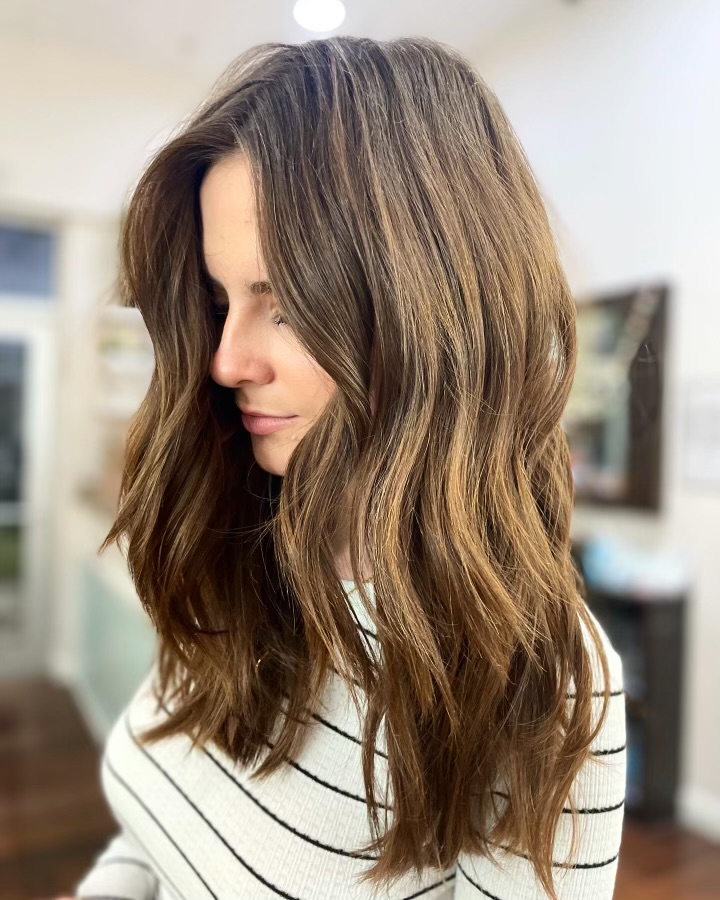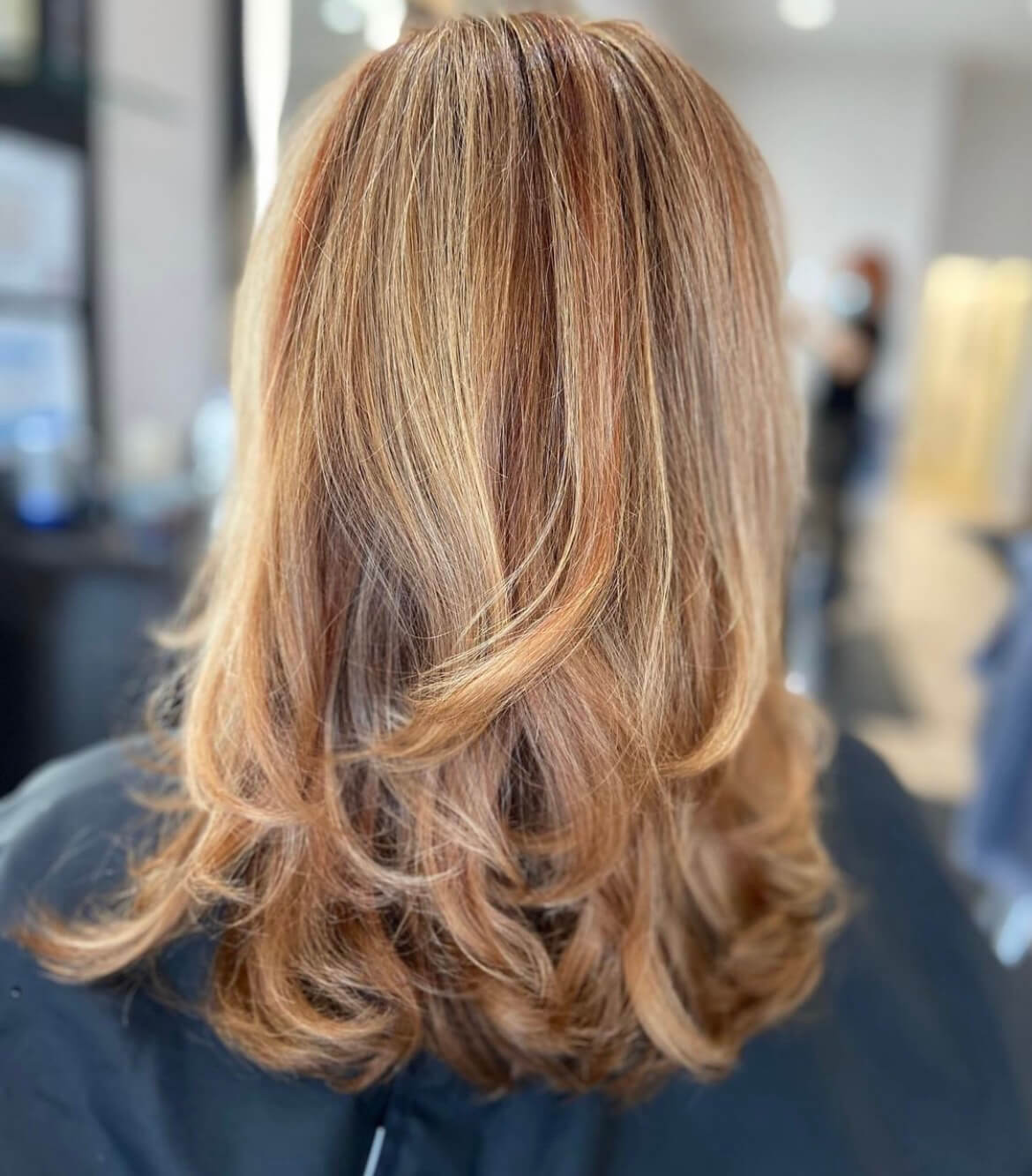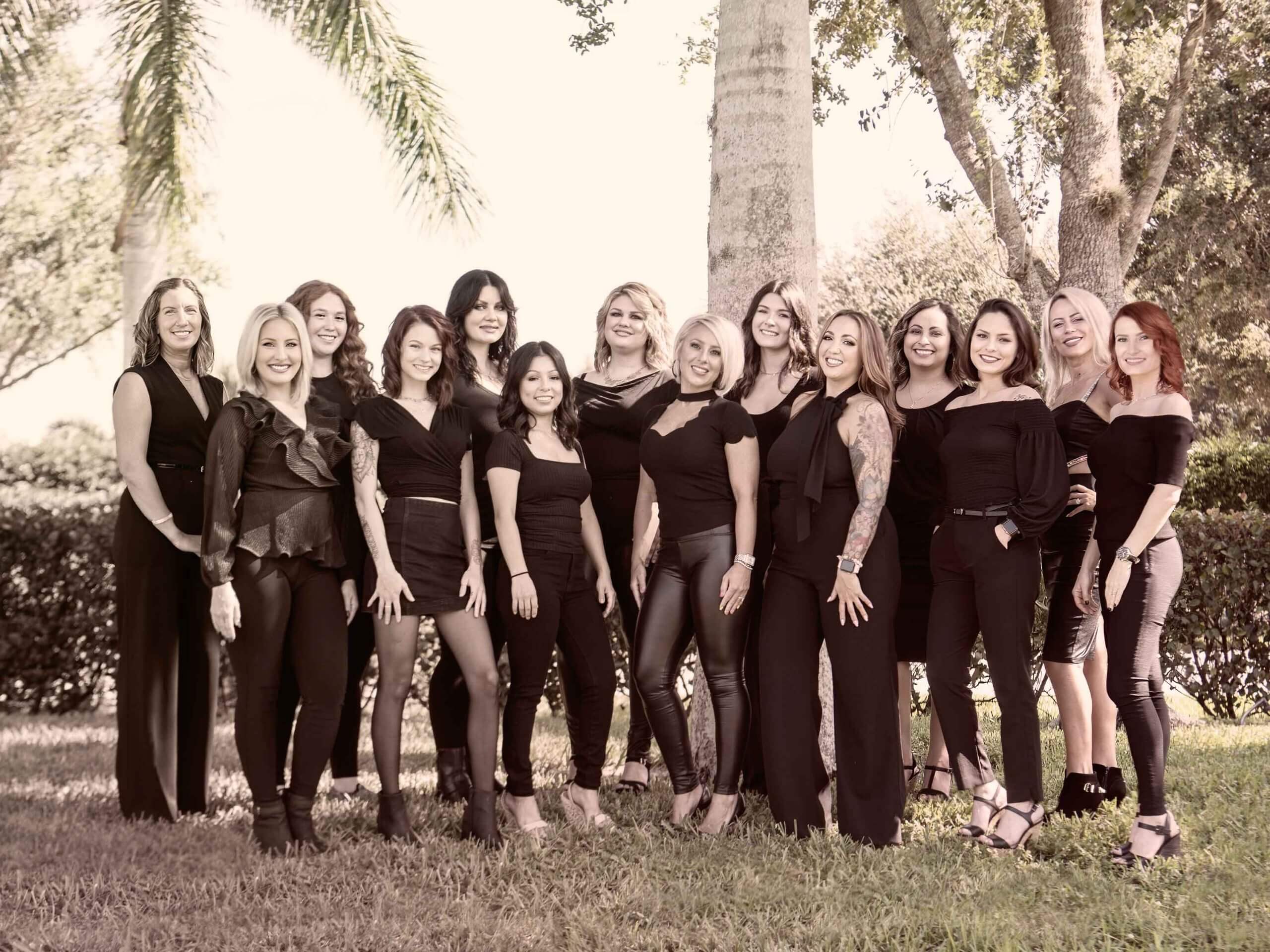
‘Dry cutting’ is the new haircut technique that promises superior salon results
From Glamour
When it comes to visiting a salon for a haircut, we all know how the appointment will go down. After a short consultation with the hairdresser, you will be led to the backwash where your hair will be thoroughly washed and lovingly conditioned, followed by an indulgent head massage if you’re lucky.
However, renowned hairdresser Michael Van Clarke has other plans. Unlike his contemporaries, he probably won’t let a drop of water touch your hair until after he’s cut and styled it in a process known as the Diamond Dry Cut.
It may sound unconventional and hard to imagine, but according to Michael, dry cutting is the best way to achieve natural-looking movement, face-framing layers and a flattering overall cut. “The Diamond Dry Cut offers a precise three-dimensional sculptural approach to hair that that accommodates all the natural individuality, and gives the most flattering look that’s easy to manage and lasts much longer,” he says. “Once experienced there is no going back to basic wet cutting.”
Think about it. When hair is freshly wet and combed through, it’s not in its usual daily state as it will be flatter, straighter and longer than when it is dry (and this difference will be even more pronounced for anyone with curly, textured or thick hair). Cutting hair when it’s still wet would be to design a look that would be instantly lost as soon as the hair started to dry.
“Dry cutting allows me to assess your face, hair texture, and the way it grows to give you the ideal cut – there’s no hiding behind a glossy blow dry. This means that – even if you do no styling yourself – your hair will fall effortlessly back into place, day in, day out, still looking glorious months later.”
It begs the question, if dry cutting is so great, why is a wet chop the industry standard? “Wet cutting was designed in the 1960s for flat one length bobs,” explains Michael. “It was a technique designed for speedy production-line hairdressing when everyone accepted the same look. It doesn’t lend itself to precise sculptural shaping or any sense of individuality. Wet cutting is akin to a plastic surgeon taking no notice of the patient and giving a facelift based on three or four different blueprints, or a couturier dunking the fabric in water before draping it over you to decide the line and fall.”
While an a-line bob is still a popular choice (case in point, this year’s interpretation, the curtain cut), and if you want this style, it’s a good idea to proceed with your usual wet cut, it’s worth considering a dry cut if you’re after a number of this year’s hottest hairstyles, including the ‘pretty shag’, dramatic layers like the butterfly cut, and especially if you’re looking for a face-framing fringe.
And for those of us who most look forward to that fresh-from-the-salon blow dry, a dry cut doesn’t mean you can’t have the best of both worlds. After a dry cut, you can still enjoy a session with a colourist, a luxurious hair wash (and massage), followed by a professional styling session – you’ll just be more likely to be able to recreate the look at home.
For more hairstyle ideas, check out the biggest haircut trends for autumn as well as the hair colours we’ll all be obsessing over.

